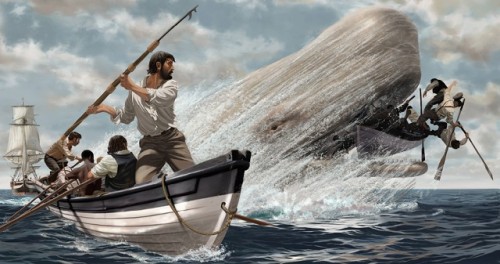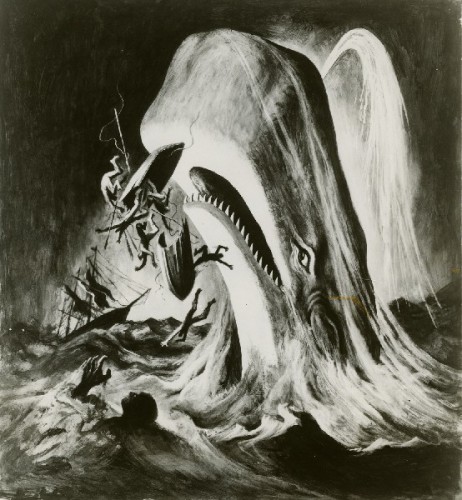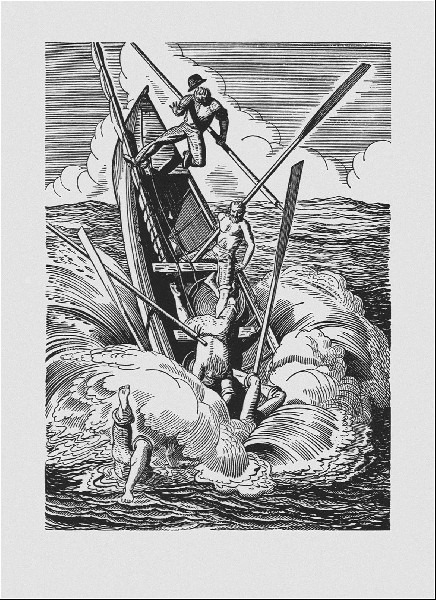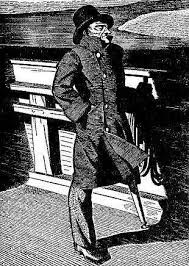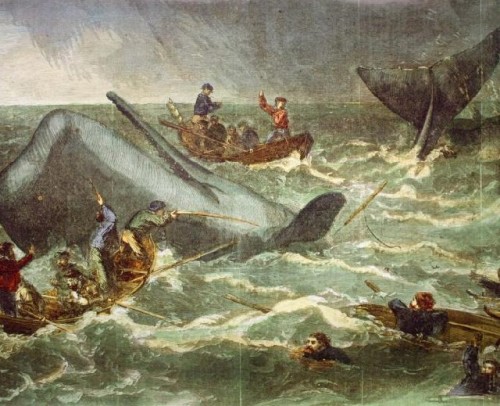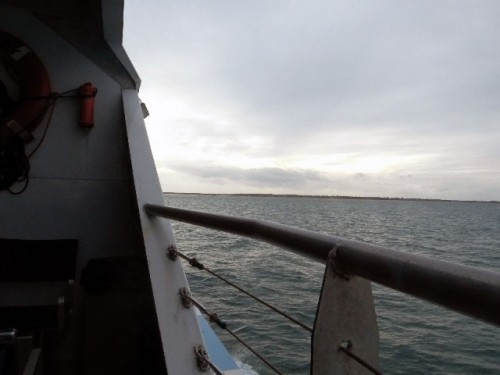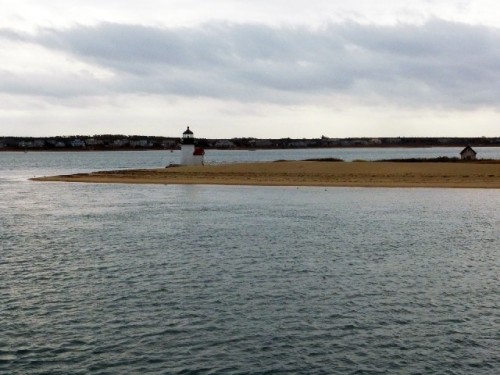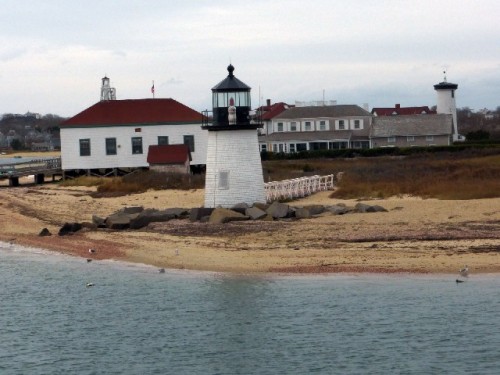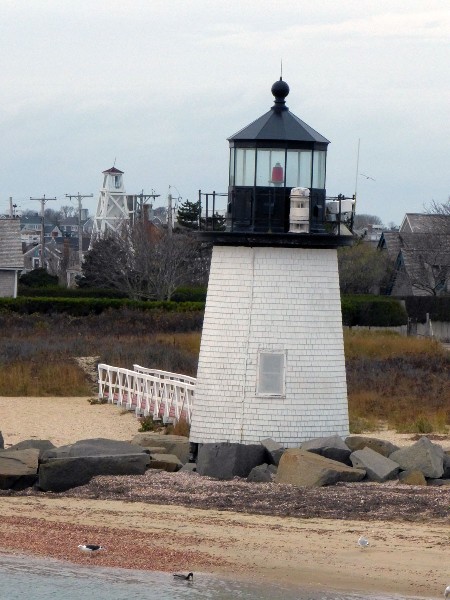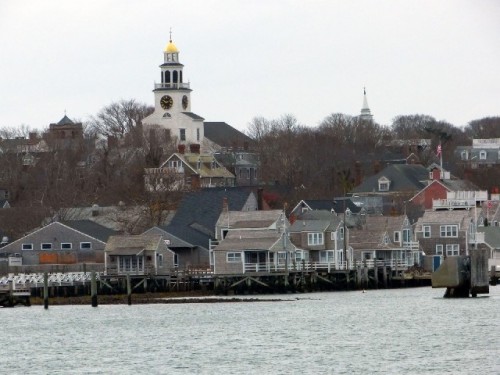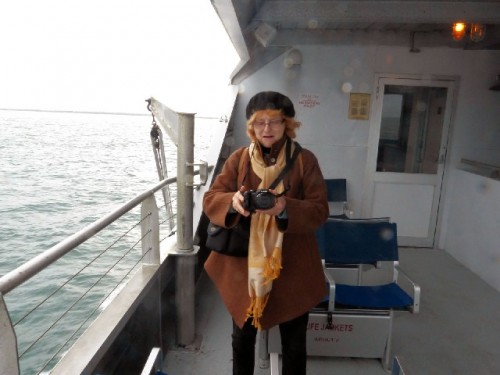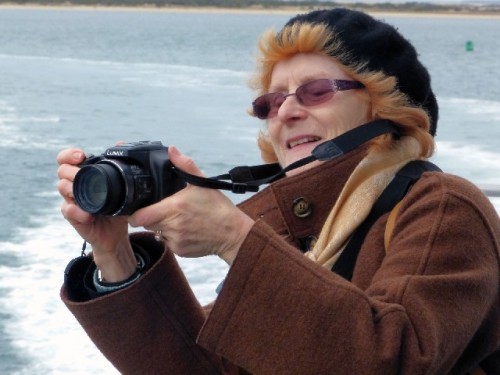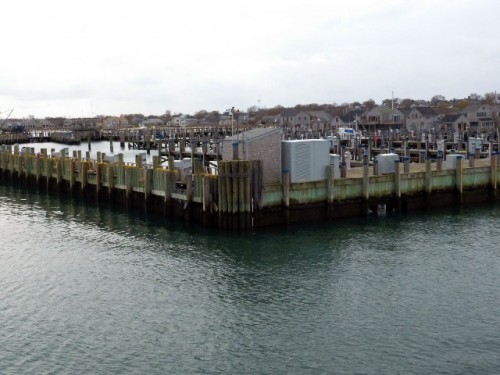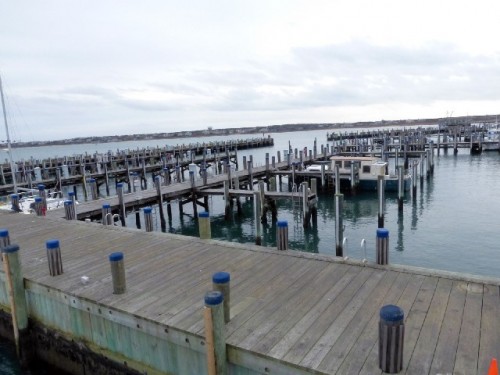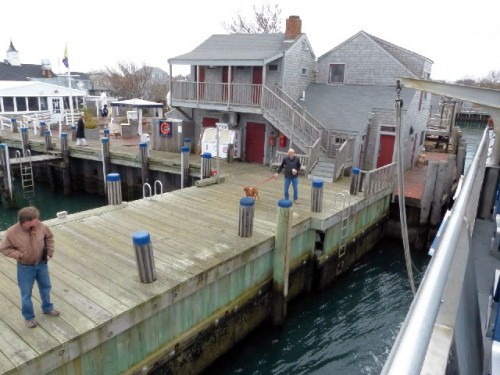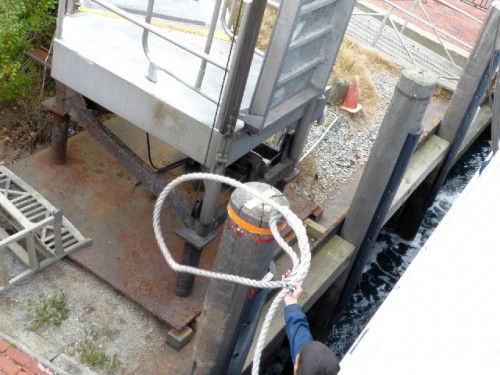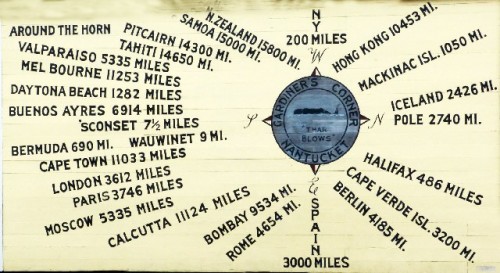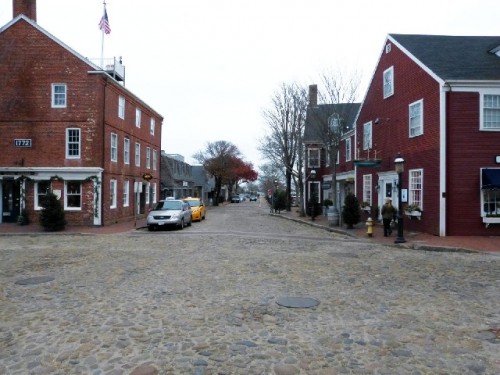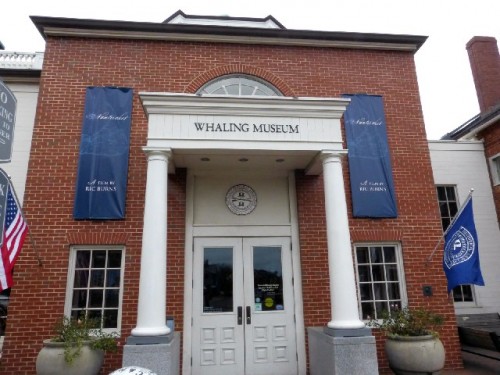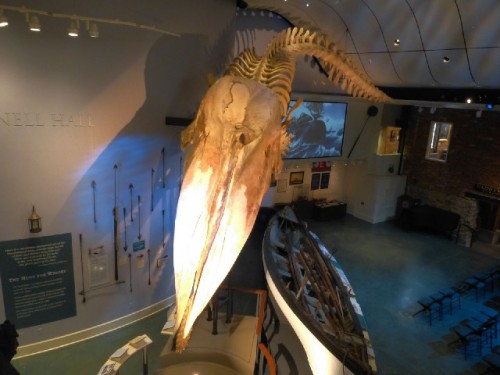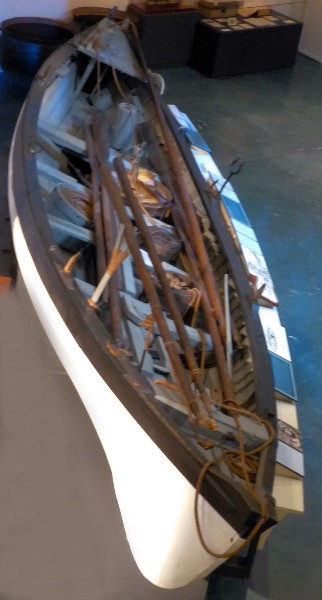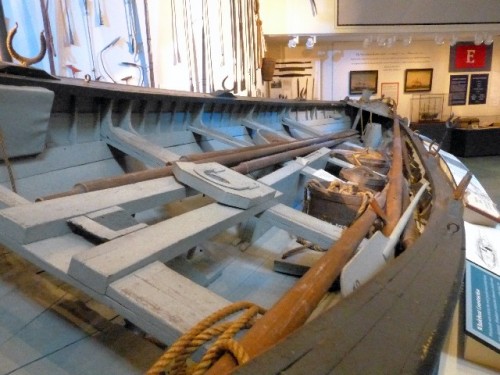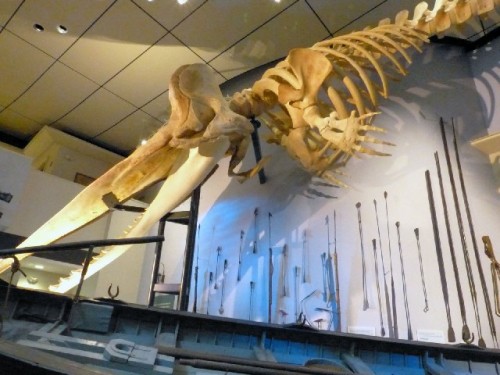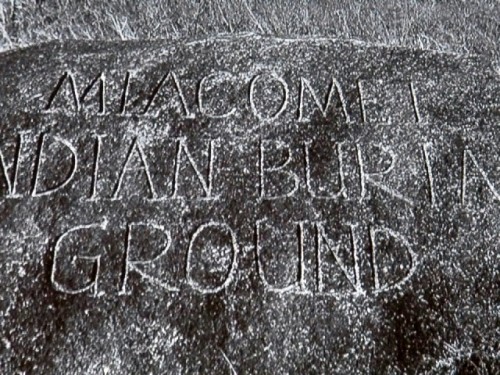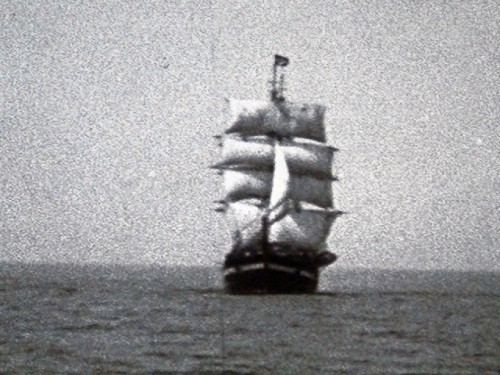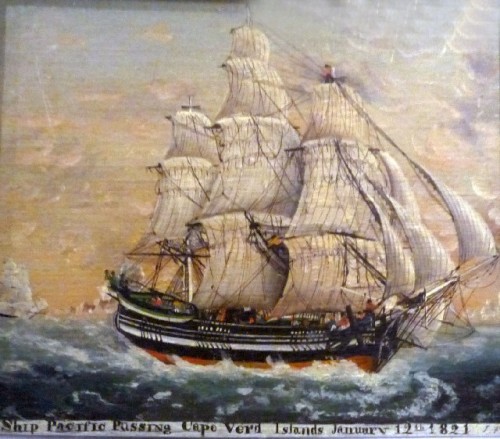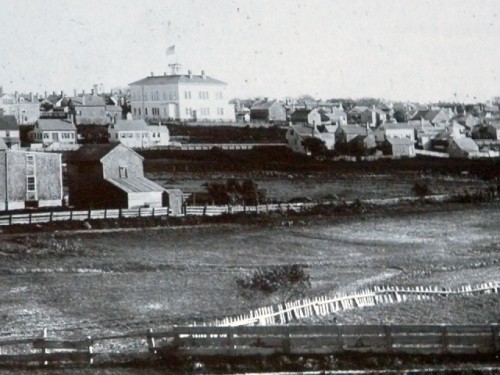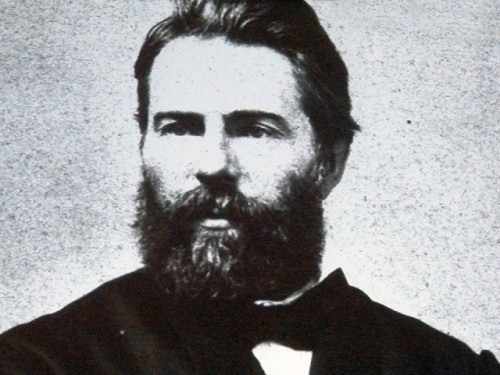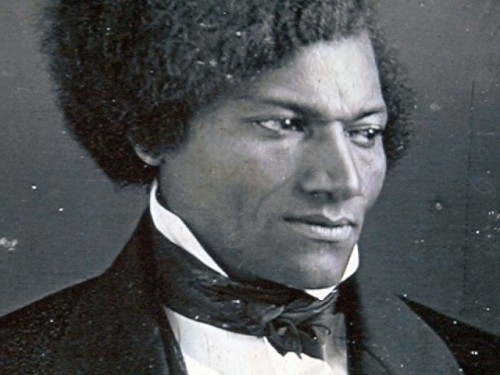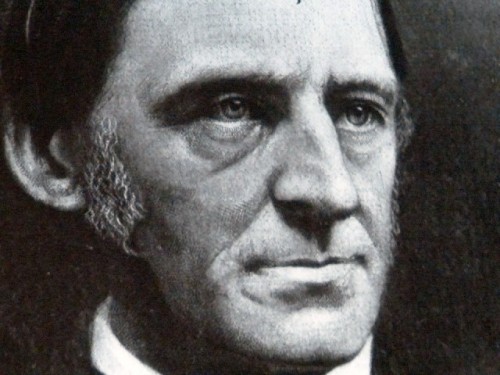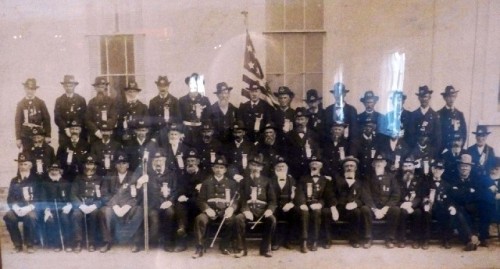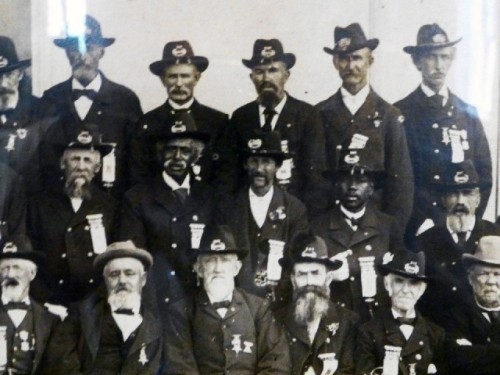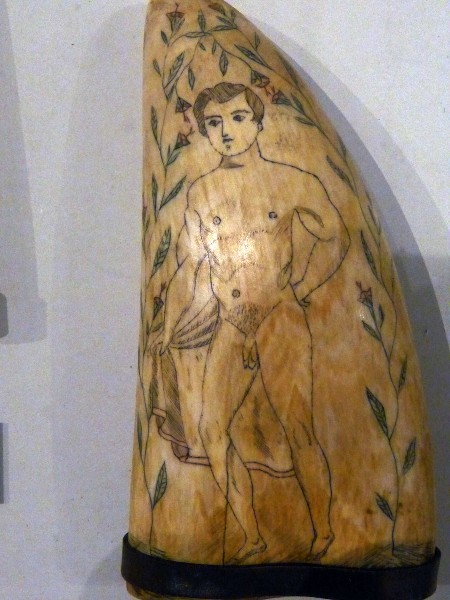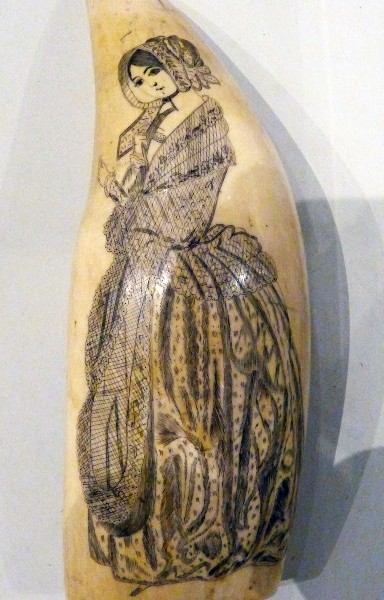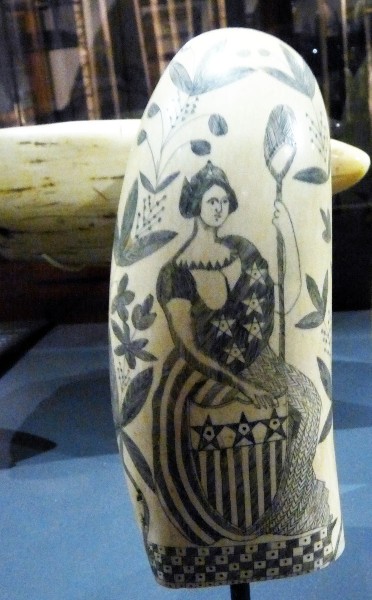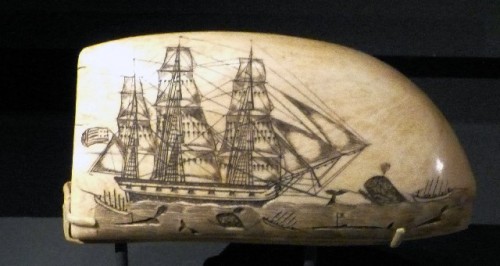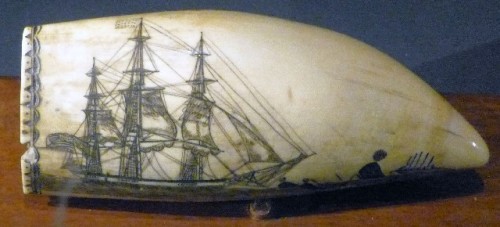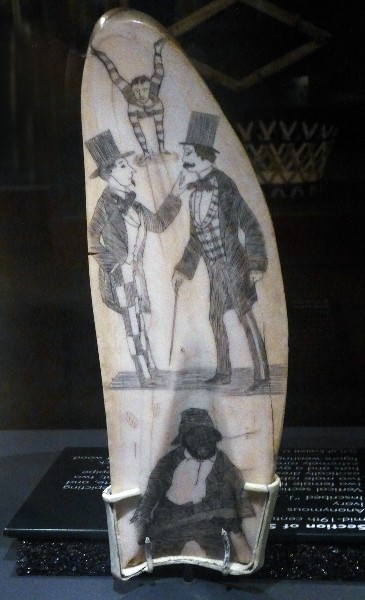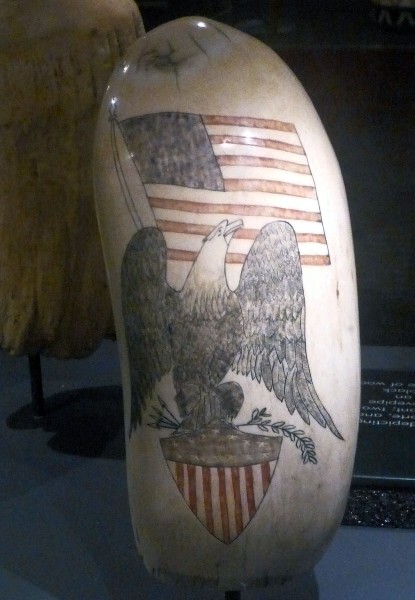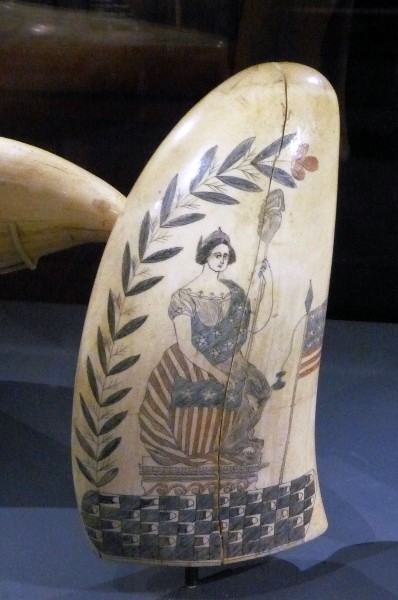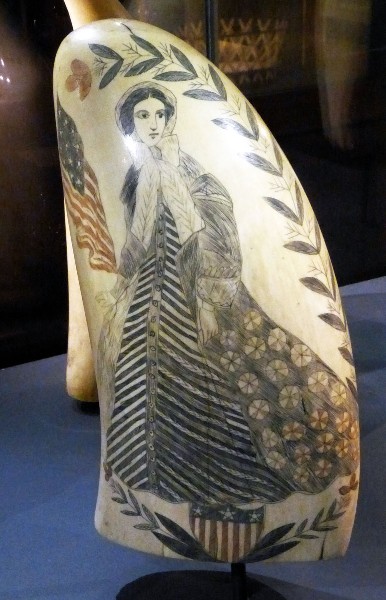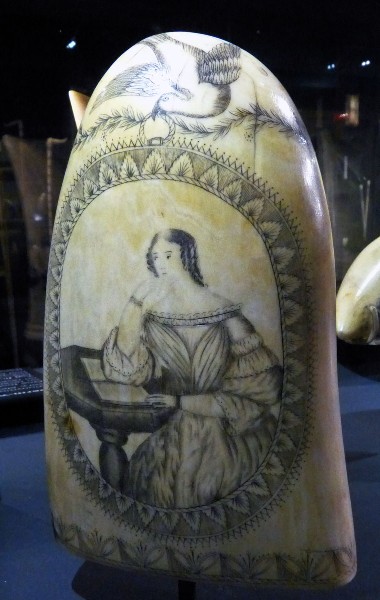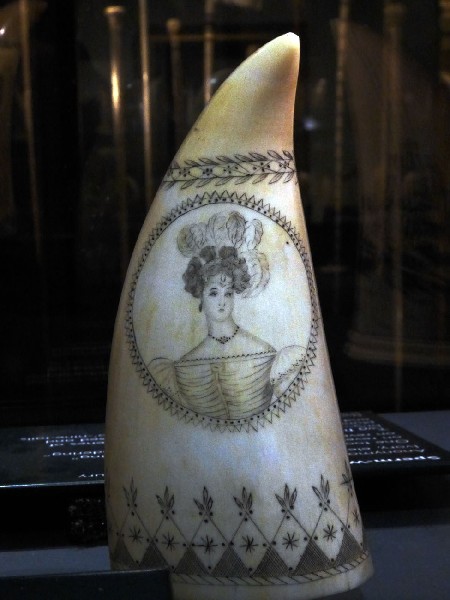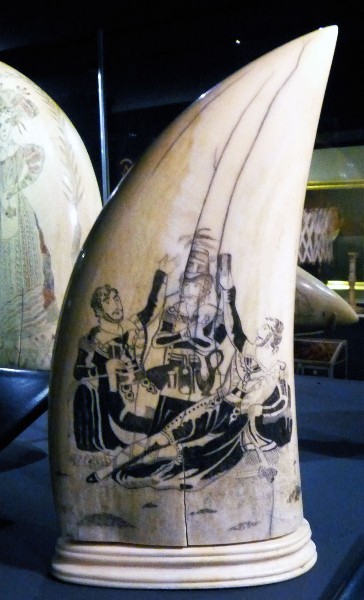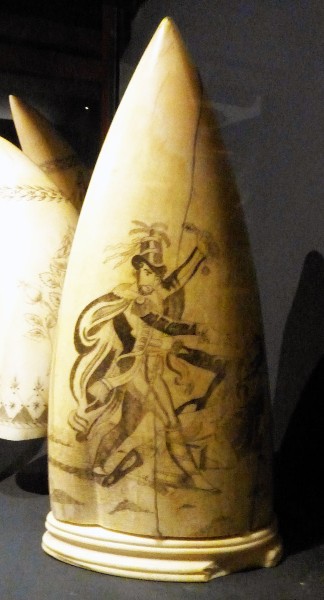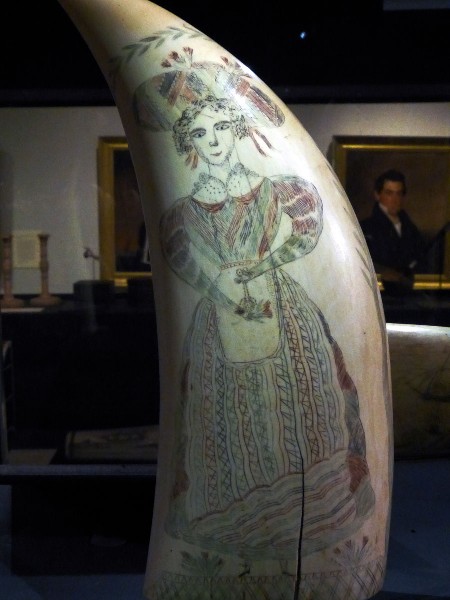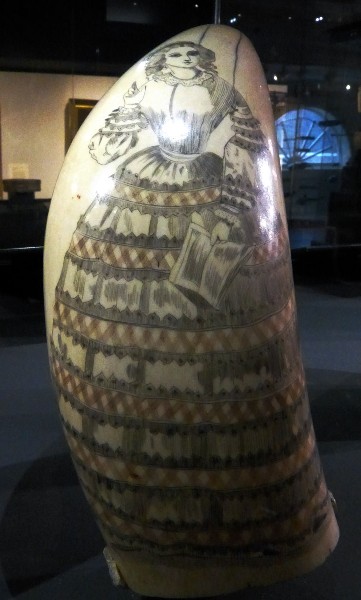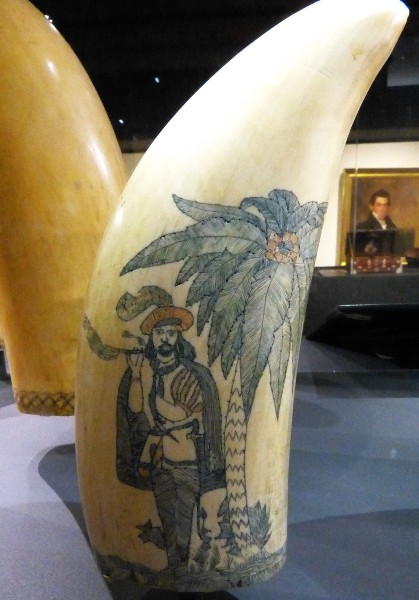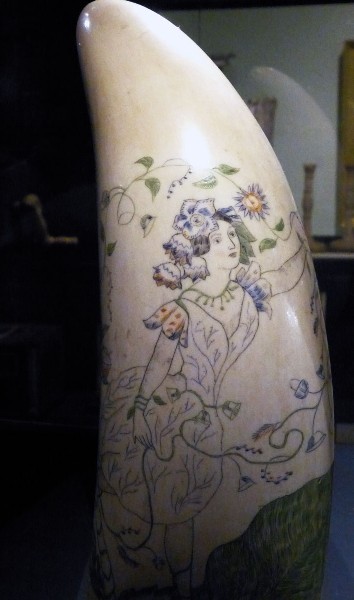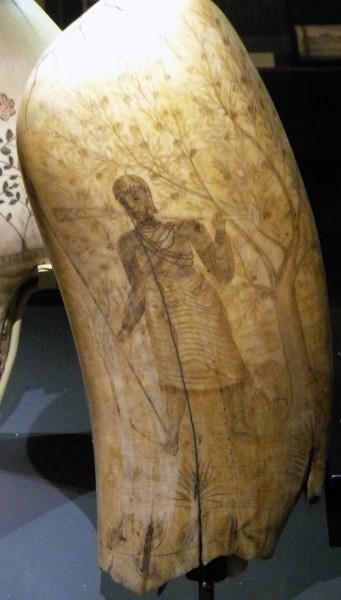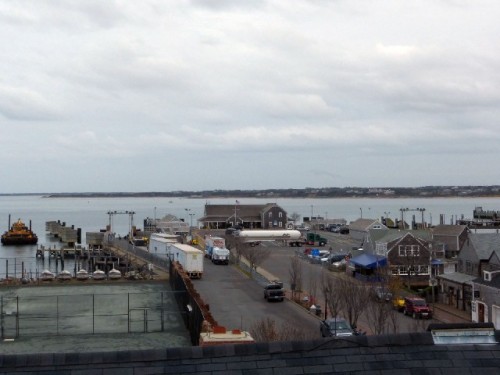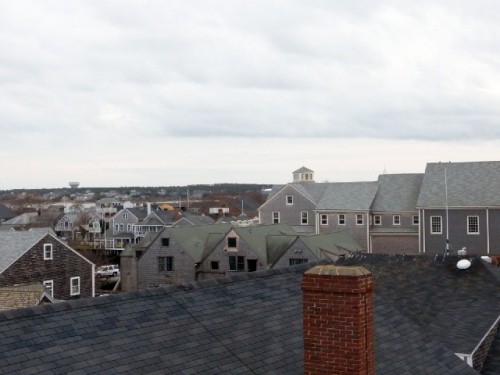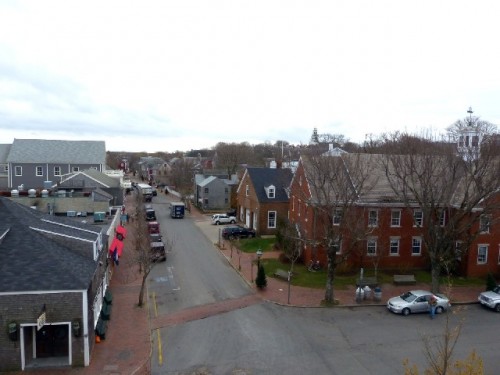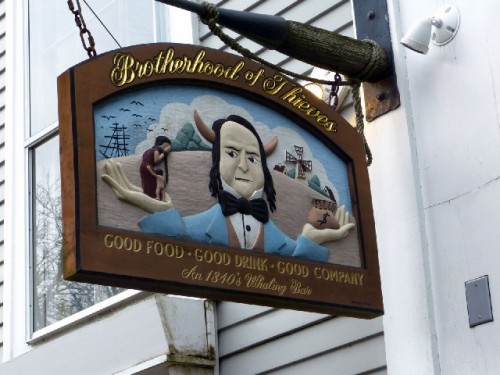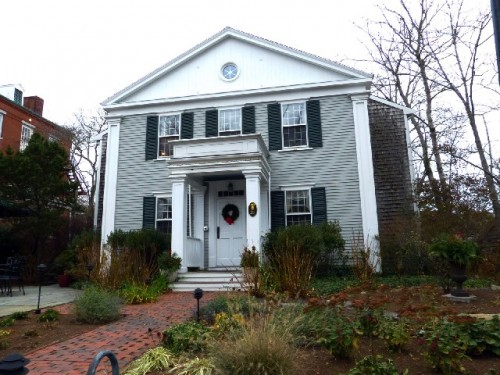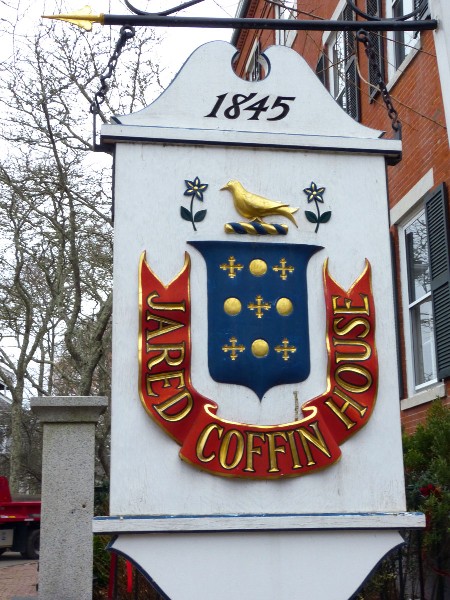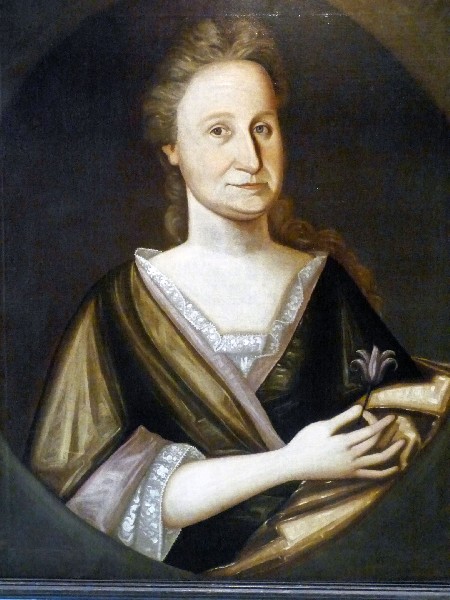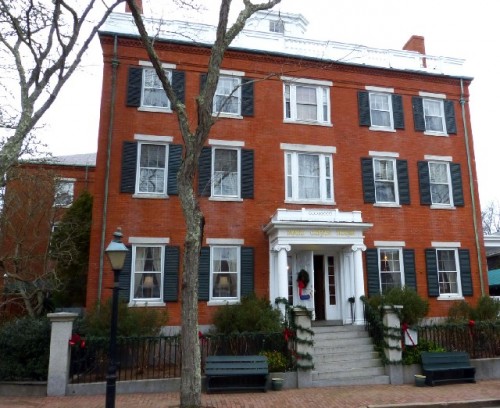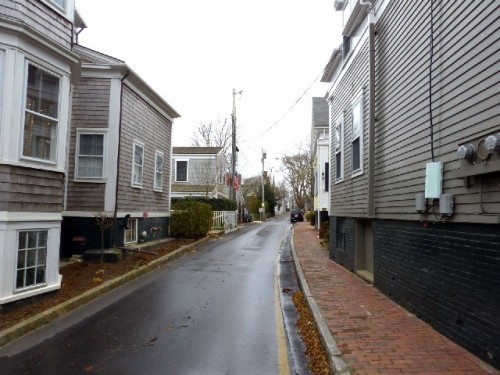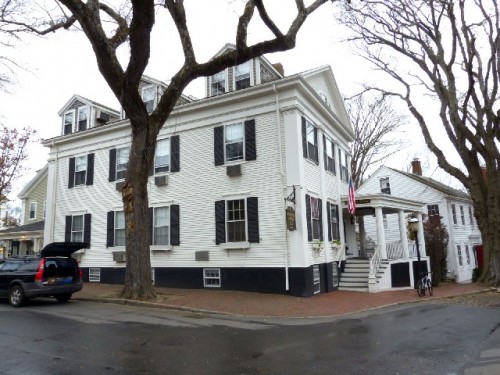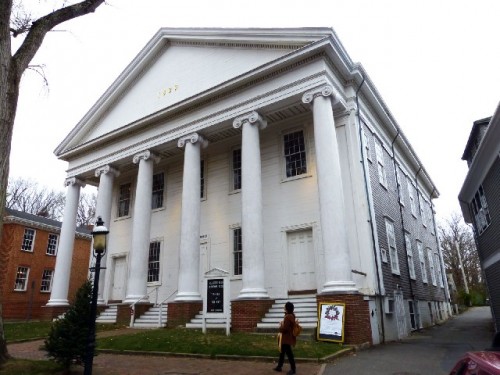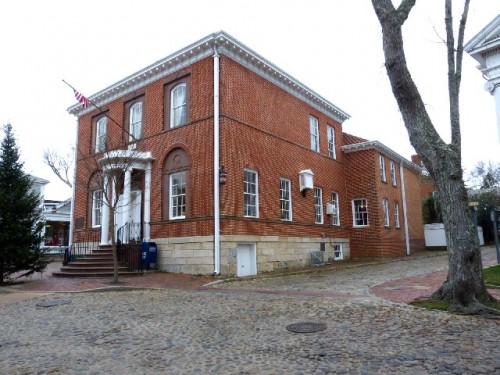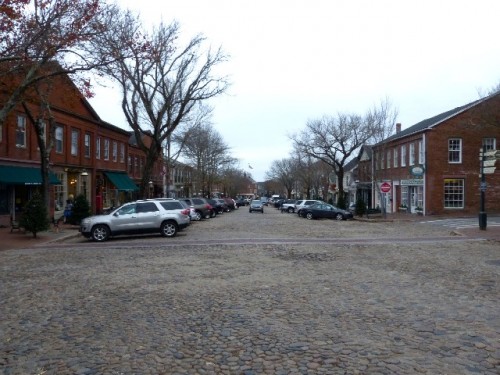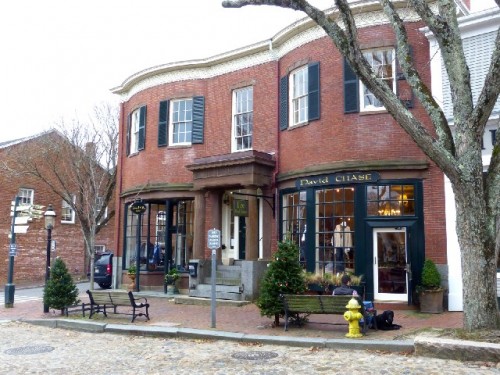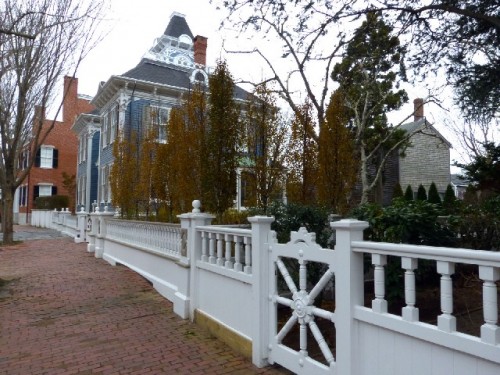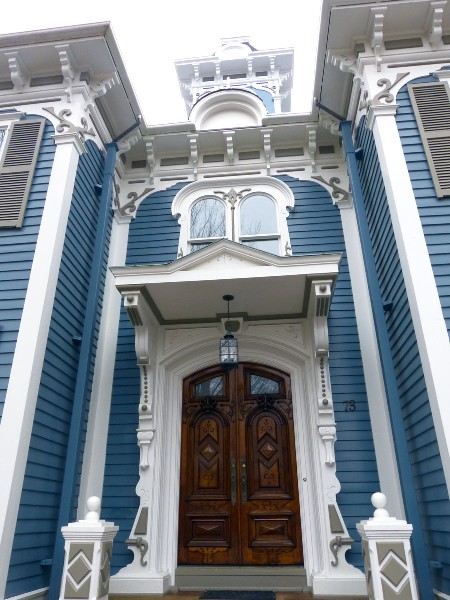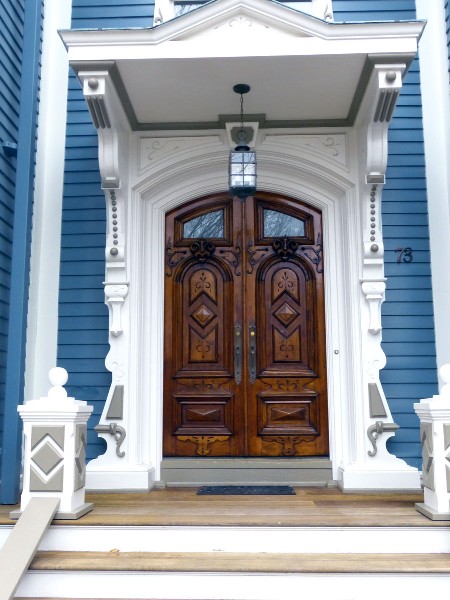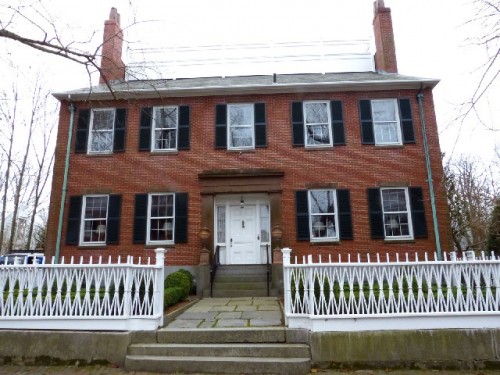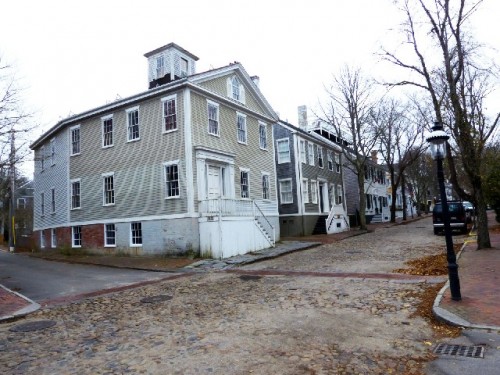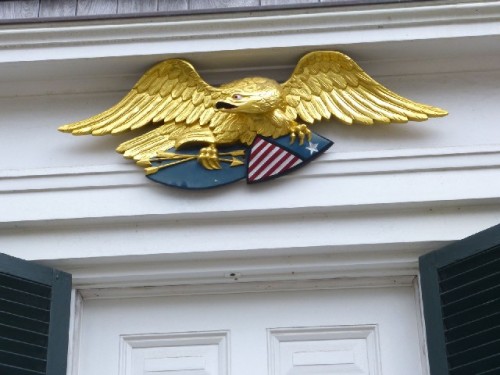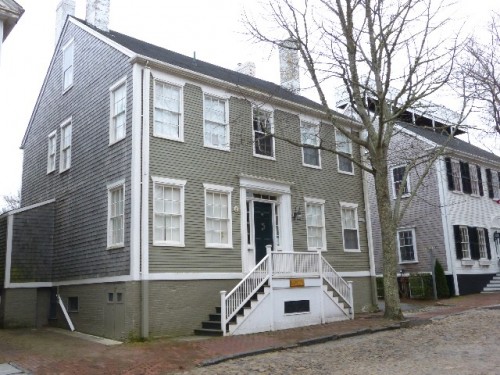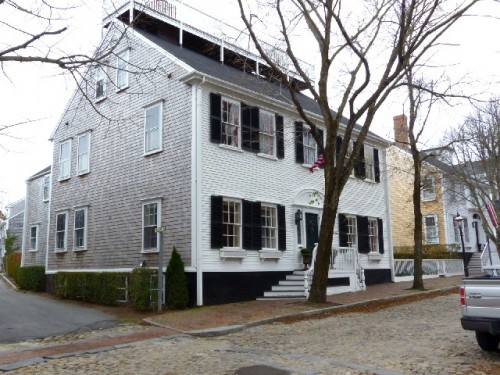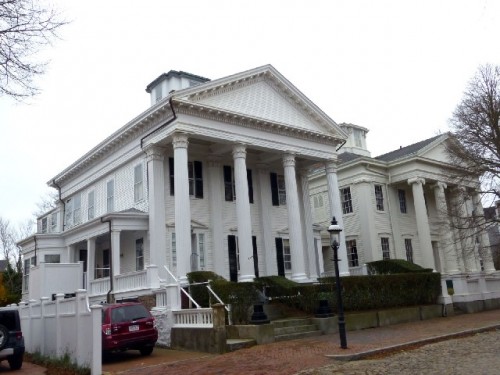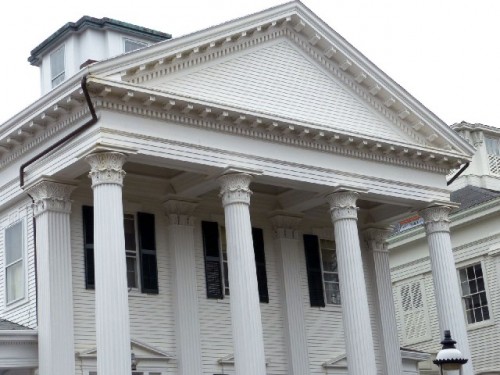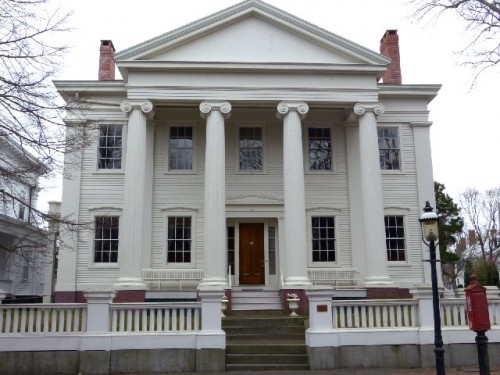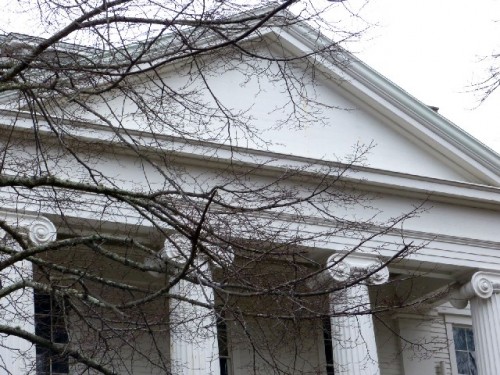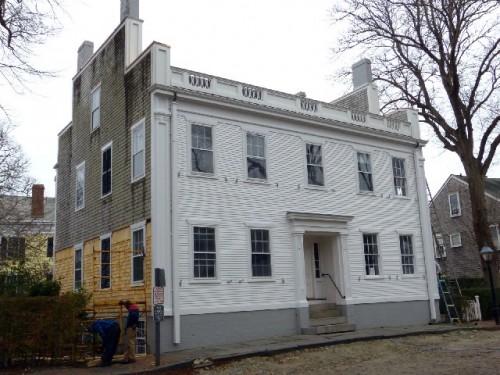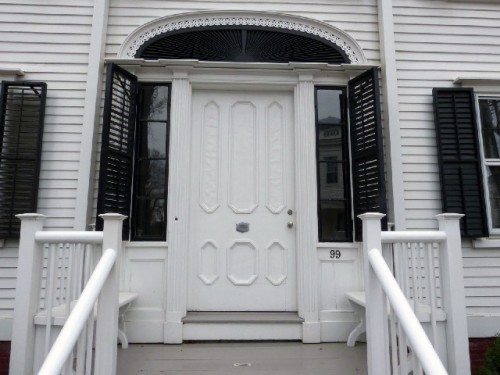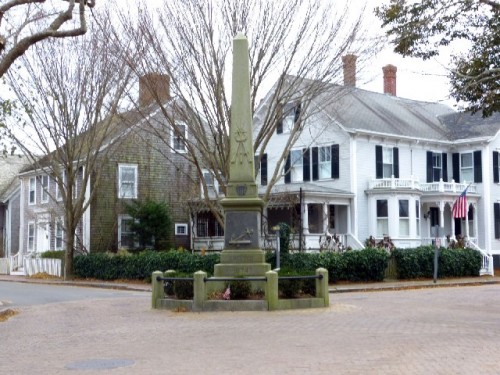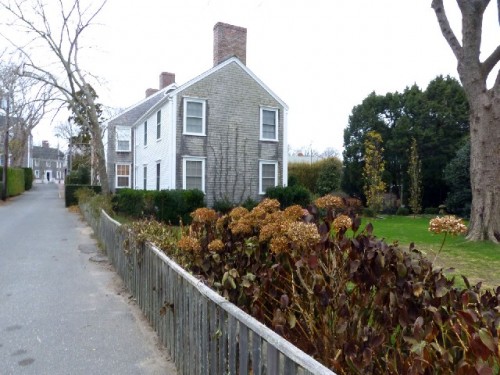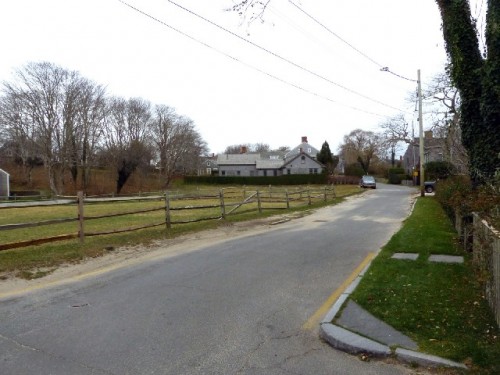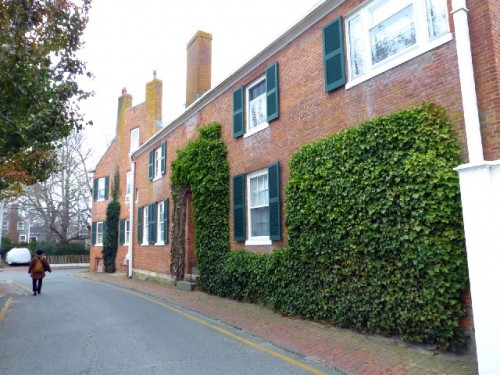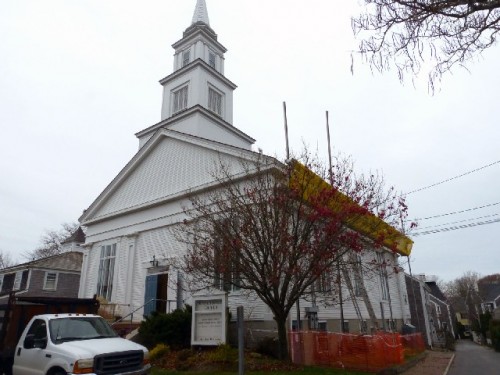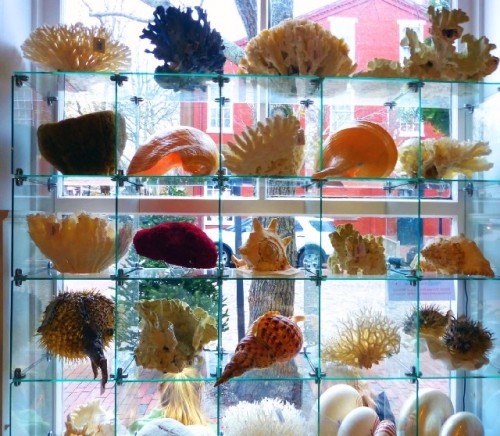Nantucket Sleigh Ride
Moby Dick's New England Legacy
By: Charles Giuliano - Jan 13, 2014
“Call me Ishmael” is the opening line of Moby Dick Herman Melville’s 1851, great American whaling novel.
The small island of Nantucket is some 30 nautical miles off the coast of Cape Cod. In the 19th century it was the center of a thriving, dangerous, global industry.
From his home Arrowhead, in Pittsfield, Melville had a view of the Berkshire mountain range in the distance. Coated with winter snow it evoked for him the muse of the white whale, a signifier of deity, which ultimately sent Captain Ahab, his ship and crew, to a watery grave in Davy Jones’ Locker.
Save for that lone survivor, Ishmael, who lived to tell of an epic, tragic saga.
Walking the streets and lanes of Nantucket, passing the grand homes of successful captains and the cottages of sailors, the shade of those who went to sea in pursuit of the fruit of Leviathan, haunts our quiet steps. Those noble beasts of the deep were hunted to the brink of extinction, then and now, to slice off and boil down slabs of blubber for precious oil that lit the lanterns of the world.
Petroleum and the kerosene lamp abruptly halted the whaling industry. Sleek sailing vessels gave way to ones powered by steam. Coastal communities incuding Nantucket, Martha’s Vineyard, Salem, Newburyport, Newport, New Bedford, Gloucester and Rockport became ghost towns. They were ignored by industry and urban renewal emerging in the late 20th century as precious and costly time capsules of American architecture and culture.
Once a whale was sighted with the cry “Thar she blows” a long boat was lowered over the side. In the bow a harpoonist speared the whale. Once the hook was embedded a rope with attached barrels was reeled out but tethered to the boat. As the whale took off, often diving deep, this was known as a Nantucket Sleigh Ride.
Eventually the whale succumbed to its exertions. Once secured the boat crew faced the challenge of rowing it back to the mother ship. Once along side there was the dangerous task of men lowered down to cut away the flesh. The deck was a treacherous pool of blood, entrails, and oil slicks. Maiming and death were all too common in this industry.
During a holiday season week on the Cape we took the ferry to Nantucket for a day trip.
It commenced with an hour long voyage to the island and the first excited views of approaching land. Up on the deck we were greeted by the lighthouse marking the entrance to the harbor. We passed boat slips and docks then vacant of their summer fleet of luxury yachts. The once working class whaling community is now an upscale vacation destination of those who can afford it.
Our walking tour commenced with a two hour visit to the Whaling Museum. On a leisurely, off season, mid week day the staff of docents and volunteers outnumbered visitors. We were given a private slide lecture on Nantucket history following an introductory film. We learned a lot about island history including the glossed over demise of indigenous inhabitants who taught the newcomers about hunting whales then in abundance a short distance from the island.
Nantucket probably takes its name from a Wampanoag word, transliterated variously as natocke, nantaticu, nantican, nautica or natockete. As Europeans began to settle Cape Cod, the island became a place of refuge for Native Americans in the region. The growing population welcomed seasonal groups who traveled to the island to fish and harvest whales that washed up on shore.
We learned that citizens of Nantucket were active in the Abolitionist movement.
During an 1841 anti-slavery meeting at the Black Episcopal Methodist Zion chapel of New Bedford, William C. Coffin, a Nantucket banker, heard the young Frederick Douglass. Coffin invited Douglass to be a guest at Nantucket’s first Anti-Slavery Convention.
Proprietors of the Nantucket Atheneum, including founders, Charles G. Coffin and fervent abolitionist, David Joy voted for Anti-Slavery Convention. The three day event drew Abolitionist orators from New England and New York. It was one of the first mixed-race, anti-slavery assemblies in the country. Participants included William Lloyd Garrison, William M. Chase, Charles B. Ray, John A. Collins, James N. Buffum, Paul C. Boward, and Edmund Quincy. At the conclusion of Douglass’ speech, Garrison, asked the audience. “Have we been listening to a thing, a piece of property, or a man?”
During our time in the museum we learned a lot about whaling and the unique culture it spawned. As whales were over fished voyages reached ever further and took years to fill a vessel with oil. A temporary furnace was built on deck to boil down the slabs of blubber. During the voyage home it was dismantled and thrown over the side.
During the years at sea sailors engraved images into whale teeth and bones. The museum displays a large collection of this vintage scrimshaw. The images were often portraits of ladies languishing at home, depictions of vessels, patriotic emblems or fantasy renderings of romantic ports in far away lands.
After a hearty lunch we set off for a tour of historic homes. There were fine examples of Federalist style brick houses in the manner of Boston’s Charles Bullfinch. It was interesting to see two enormous Greek revival mansions with elegant porticos side by side. One was in an ersatz Corinthian order while its flanking neighbor was pure Ionic.
Today even the most humble shack or worker’s cottage has been gussied up as restored real estate. In the summer months the population swells to some 50,000. Since it is reached by ferry the island avoids being overrun and retains a quaint, traditional edge.
With a few days of bad weather in the forecast on the return run the ferry was packed.
We wish to thank our friend Russell Jacobson who regularly commutes to an office on the island. He was kind enough to gift us a pair of ferry tickets. Sure enough, it rained like the dickens the next couple of days. We had lucked out with a truly magnificent excursion.

